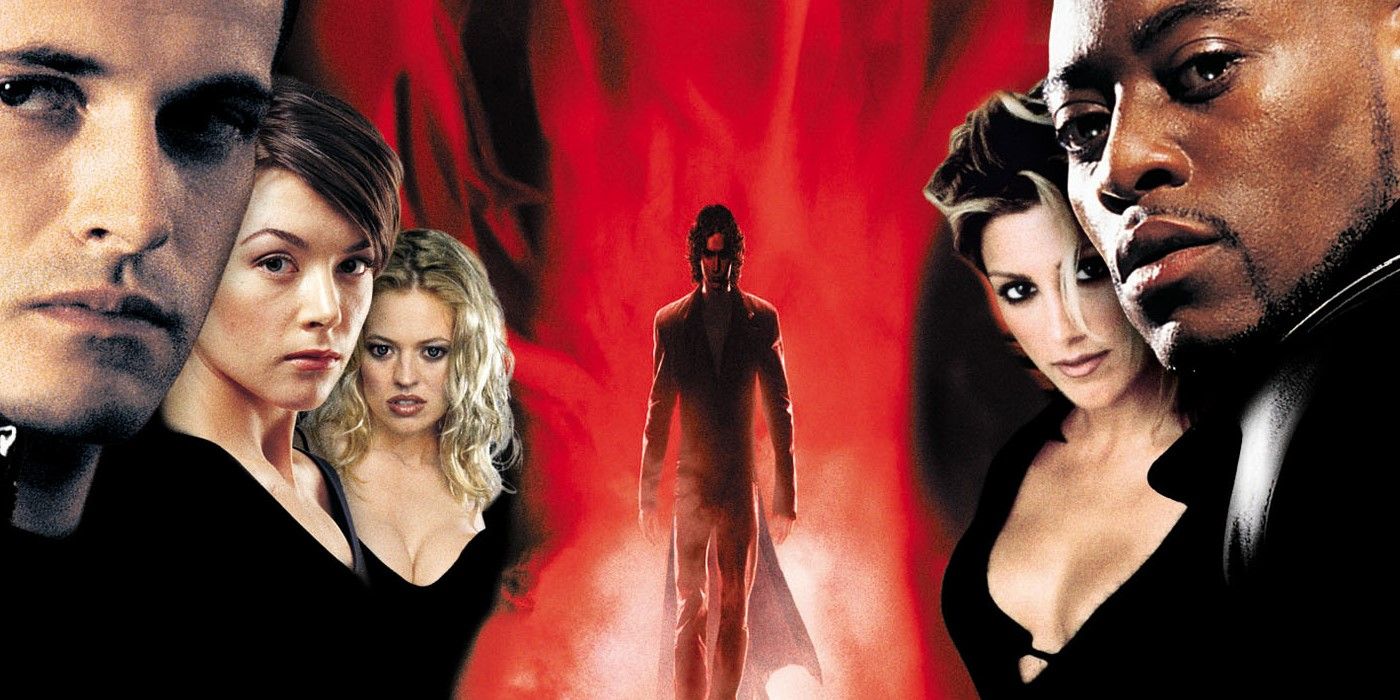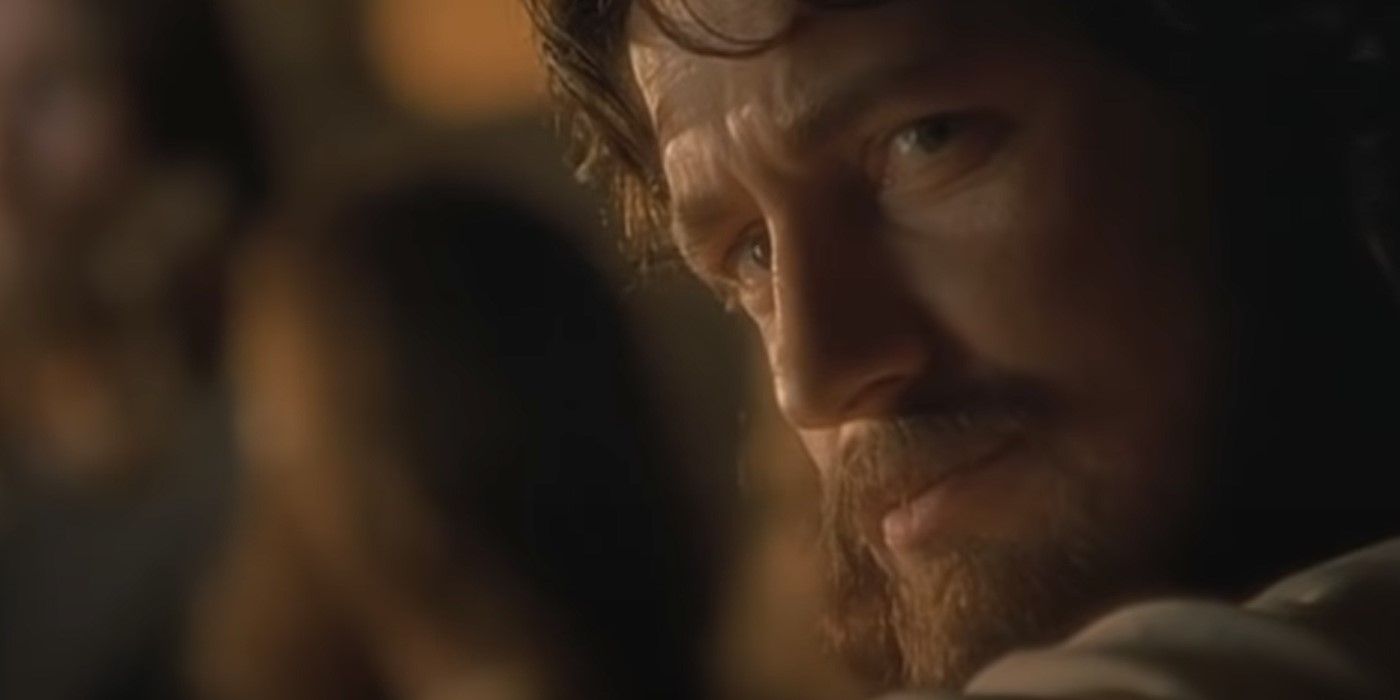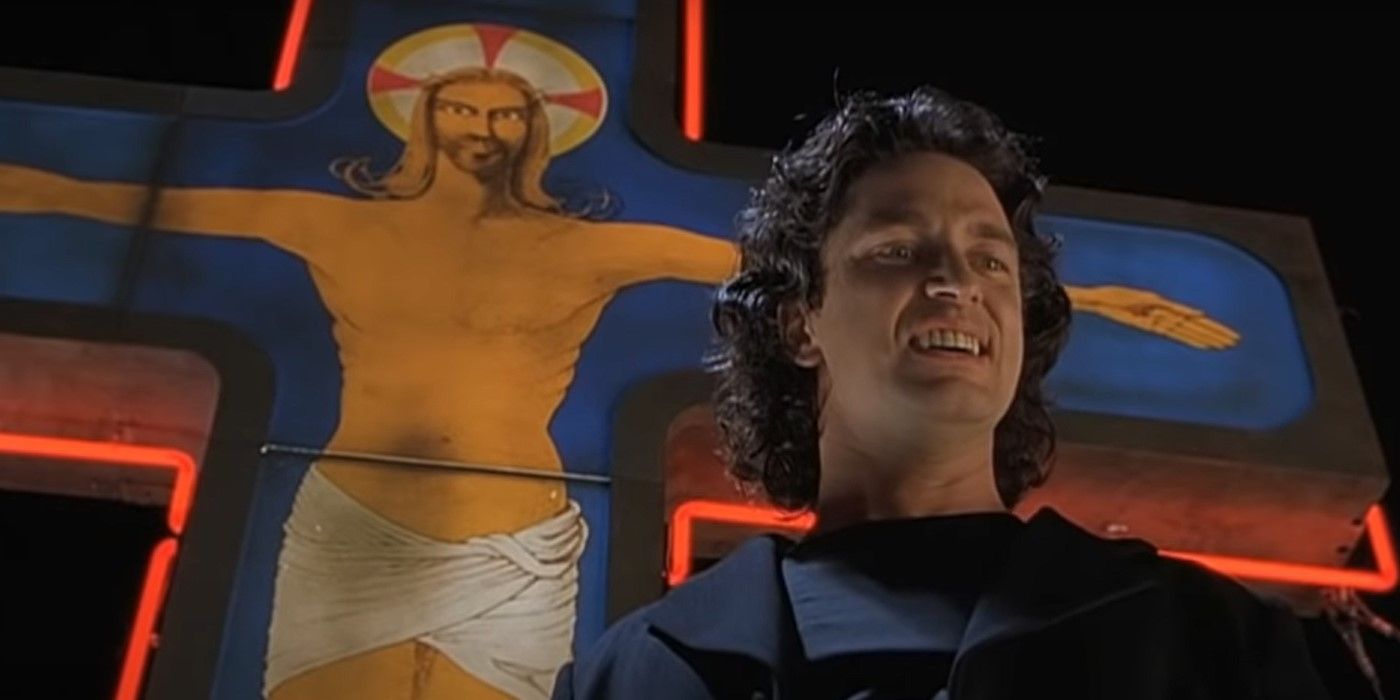From Carmilla to Dracula, the humble beginnings of the vampire medium have since grown into something that has been touched on in nearly every form of media. While horror and action are best known for bringing the creatures of the night to life, romance has also played a large role. In the decades since Bram Stoker's Dracula brought the concept of vampires to the mainstream, there have also been countless film interpretations that continued to expand on his lore and the many strengths and weaknesses he's acquired. But one nearly forgotten version of the character brought a clever explanation to an age-old weakness by offering a twist that changed the character forever.
Dracula 2000 starred Gerard Butler as the titular character and brought his version of Dracula to the new millennium. While the film itself was filled with fashion and tropes reminiscent of the era, like leather pants and alternative rock, the edgy retelling wasn't afraid to dig deeper into the history of Dracula. With a young man taking up Van Helsing's job, it's through him and Dracula's ancestor that audiences are explained why silver is one of the vampire's weaknesses.
Of all of the weaknesses, silver is more so attributed to werewolves. However, in the context of Dracula 2000, the reasoning behind it is far more religious than previously thought. When Dracula captures his ancestor, he has her drink his blood, turning her and showing her his past in the process. The scene reveals that Dracula was actually Judas Iscariot, and he survived after betraying Jesus and hanging himself. While his history only ever went back to his time as Vlad Tepes, the film's explanation reveals that the reason he's weak to silver is that it was the payment he received for selling out Jesus.
The truth revealed adds more credence to the idea that vampires are eternally damned. Because of his actions as a human, he was forsaken and turned into a vampire. However, aversion to silver is only the tip of the iceberg. By tying Dracula to the death of Jesus, it also explains why vampires burn in the sunlight. It isn't because their cells are weaker to UV rays in this universe. Instead, it's more like they face divine justice as the sun represents warmth and goodness. Because Dracula and all vampires act in defiance, they brutally face judgment.
What makes Dracula's death in Dracula 2000 even more ironic is that he is once again left to hang as the sun rises. But this time, Jesus is literally looking down on him in the form of a neon cross. It serves as his final chance to seek forgiveness before the end and brings the character's story around full circle. In past character iterations, sunlight has always been the main way to end Dracula. But crosses, garlic and even silver are nothing more than ways to weaken him. But what the film does so well is adding thematic weight to these tools. Sunlight represents Dracula facing the man he sentenced to die so long ago, but silver is more of a reminder of the payment he took to do so.
Dracula 2000 is by no means the perfect Dracula film. It also doesn't balance its action and horror to push the character in any particular direction. But its story and what it does to expand on Dracula's lore is enough to make the film stand out. For example, silver has always been one of the most forgettable weaknesses to use on a vampire. Crosses are thematic, while sunlight is the most powerful. But Dracula 2000 shows that silver is representative of the guilt that everyone carries. While most can face its pain long enough to fix it, others wince at the sheer memory. But in Dracula's case, the pain is all too real.



